Product Overview
Tretinoin TAAN Cream is a pharmacist-compounded, prescription-only, topical formulation that combines three well-characterized dermatologic actives-tretinoin, azelaic acid, and niacinamide-in a cosmetically elegant, anhydrous cream base designed for nightly use on intact facial skin. The product is available in three graduated strengths-Strong (0.045 % tretinoin / 4 % azelaic acid / 4 % niacinamide), Mild (0.03 % / 4 % / 4 %), and Sensitive (0.015 % / 4 % / 4 %)-each filled in 30 g air-tight pumps to preserve potency and minimize oxidation[1].
Evidence accumulated over four decades indicates that topical tretinoin accelerates epidermal turnover, refines follicular architecture, and stimulates dermal collagen remodeling, while azelaic acid provides comedolytic, antimicrobial, and tyrosinase-inhibiting activity; niacinamide augments barrier repair, controls sebum, and attenuates inflammation[2]. By layering these complementary pathways into a single vehicle, Tretinoin TAAN Cream aims to reduce acne lesions, post-inflammatory hyperpigmentation, and early photoaging with a lower irritation burden than high-strength retinoid monotherapy[3].
The preparation is dispensed exclusively through a 503A compounding pharmacy, allowing prescribers to tailor strength to patient tolerance without relying on fixed commercial products. Because the ingredients are legend-only at these concentrations, the cream must be prescribed by a licensed clinician, dispensed for an identified individual, and labeled with beyond-use dating that reflects USP <795> guidelines[4].
Patients are counseled to cleanse with a mild, non-foaming wash, pat dry, wait ten minutes, then apply a pea-sized amount over the entire face at bedtime; adjunct broad-spectrum SPF 30+ use each morning is mandatory, and concurrent application of potentially irritating agents (e.g., alpha-hydroxy acids or alcohol-based toners) should be minimized[5].
The formulation is free of fragrance, parabens, and mineral oil, and the pH is buffered near 5.5 to optimize tretinoin stability while maintaining skin compatibility. Batch testing confirms content uniformity and absence of microbial contamination prior to release[6].
Apply once nightly to clean, dry skin. For naïve users, begin with the Sensitive strength three nights per week, advancing to nightly as tolerated after fourteen days; patients with robust skin may initiate with the Mild strength. Escalation to the Strong strength should only follow 8-12 weeks of mild formulation without moderate irritation[24].
Treatment courses for acne generally require twelve weeks for maximal lesion reduction, whereas improvement in dyschromia or photoaging may continue for six months; evaluate every three months to adjust potency or frequency[25].
Tretinoin, the all-trans retinoic acid isomer, diffuses through the stratum corneum and binds intracellular retinoic acid receptors (RAR-α, β, γ), forming heterodimers with RXR that trans-activate genes governing keratinocyte differentiation, desmosomal degradation, and collagen synthesis⁷. Within days, corneocyte cohesion decreases and comedonal plugs are extruded; over months, dermal fibroblasts up-regulate procollagen I and III while matrix metalloproteinases are down-regulated, improving skin texture and fine rhytides[8].
Azelaic acid is a saturated nine-carbon dicarboxylic acid produced by Malassezia species; topically it inhibits mitochondrial oxidoreductases in Cutibacterium acnes, suppresses reactive oxygen species, and competitively blocks tyrosinase, thereby reducing both inflammatory papules and dyschromia[9].
Niacinamide (nicotinamide), a water-soluble amide of vitamin B3, elevates intracellular NAD⁺ pools, activates PARP-mediated DNA repair, and decreases pro-inflammatory cytokines such as IL-8 and IL-1β. It also down-regulates melanocyte transfer of melanosomes to keratinocytes, accounting for progressive brightening[10].
Synergy is observed when tretinoin’s barrier-disruptive effect is offset by niacinamide-induced ceramide synthesis, allowing maintenance of retinoid efficacy with fewer erythema and peeling events; azelaic acid further mitigates oxidative stress triggered by retinoic acid, creating a well-tolerated triad[11].
In vitro permeation studies show the vehicle allows gradual partitioning of tretinoin into viable epidermis while retaining azelaic acid predominantly in follicles and niacinamide in the upper corneal layers, mirroring their desired sites of action[12].
Use is contraindicated in individuals with a known hypersensitivity to tretinoin, azelaic acid, niacinamide, or any excipient, and in those with active eczematous dermatitis or facial sunburn until healing occurs[13]. Because tretinoin potentiates ultraviolet-induced erythema, patients undergoing phototherapy or receiving photosensitizing drugs should avoid the cream to prevent exaggerated inflammatory reactions[14].
Application to open wounds, mucous membranes, or periorbital skin is discouraged, and patients with a history of contact dermatitis to dicarboxylic acids or vitamin B3 analogs should undergo a supervised patch test. Immunocompromised individuals or those on systemic retinoids may experience additive dryness and should initiate treatment with the Sensitive strength only under close monitoring[15].
Topical benzoyl peroxide, sulfur, resorcinol, salicylic acid, and medicated soaps exert oxidizing or keratolytic effects that may inactivate tretinoin or compound irritation; stagger application by at least twelve hours or discontinue as clinically indicated[16].
Systemic tetracyclines can increase photosensitivity; combined use mandates rigorous photoprotection[17]. Although niacinamide is stable with most antioxidants, very low-pH formulations of L-ascorbic acid (< pH 3.5) can trigger transient niacinamide hydrolysis to niacin, provoking facial flushing; advise separation or substitution with esterified vitamin C derivatives[18].
Common adverse events include transient stinging, erythema, scaling, and dryness during the first six weeks as epidermal turnover accelerates[19]. These signs usually peak by week 2-3 and gradually abate; adjunct bland emollient use hastens recovery[20].
Less frequent reactions-< 5 %-comprise post-inflammatory hyperpigmentation in richly pigmented skin, especially if sun-exposure occurs without sunscreen; starting with the Sensitive strength and incremental up-titration mitigates risk[21].
Systemic absorption of topical tretinoin is low, yet sporadic case reports have raised theoretical teratogenic concerns; therefore, the cream is not recommended during pregnancy or lactation, and reliable contraception should be used throughout therapy[22].
Conversely, topical azelaic acid is categorized as low risk, and niacinamide is generally regarded as safe; however, combination products default to the most restrictive component[23].
Store the pump at controlled room temperature 68 - 77 °F (20 - 25 °C), protected from direct light and moisture. Refrigeration is unnecessary and may thicken the base, impeding uniform dosing. Do not freeze and discard six months after first opening to ensure full potency[26]. Exposure above 86 °F (30 °C) or prolonged bathroom humidity accelerates tretinoin degradation by up to 60 % within 24 hours[27].
- OasisDerm. (2025). Tretinoin: Pharmacology and Mechanism of Action [PDF]. https://oasisderm.com/wp-content/uploads/2025/01/Tretinoin.pdf
- Draelos, Z. D. (2015). Azelaic acid: Evidence-based update on mechanism and clinical application. Journal of Drugs in Dermatology, 14(9), 964-968. https://jddonline.com/articles/azelaic-acid-evidence-based-update-on-mechanism-of-action-and-clinical-application-S1545961615P0964X/
- DermBit. (2024). Niacinamide skincare benefits: Barrier repair & brightening. https://dermbit.com/article/754
- Cosmoderma. (2024). Clinical approaches for combination therapies in acne and PIH. https://cosmoderma.org/clinical-approaches-in-vogue-for-combination-therapies-for-acne-and-post-inflammatory-hyperpigmentation-a-comprehensive-review/
- Medscape. (2023). Retin-A, Renova (tretinoin topical): Dosing & precautions. https://reference.medscape.com/drug/retin-a-renova-tretinoin-topical-343555
- Drugs.com. (2024). Benzoyl peroxide / tretinoin topical interactions. https://www.drugs.com/drug-interactions/benzoyl-peroxide-tretinoin-topical.html
- DermMythBuster. (2025). Risks of topical tretinoin use during pregnancy & breastfeeding. https://www.dermmythbuster.com/post/tretinoinpregnancybreastfeeding
- Drugs.com. (2025). Tretinoin topical side effects. https://www.drugs.com/sfx/tretinoin-topical-side-effects.html
- Vogue. (2022). Everything you need to know about niacinamide. https://www.vogue.com/article/niacinamide-guide-skin-care-benefits
- Marie Claire. (2022). Niacinamide benefits for skin. https://www.marieclaire.com/beauty/a37673230/niacinamide-benefits/
- Bissett, D. L., et al. (2010). Reduction in facial hyperpigmentation after moisturizers with niacinamide. British Journal of Dermatology, 162(2), 435-441. [nolink]https://doi.org/10.1111/j.1365-2133.2009.09729.x[/nolink]
- Drugs.com. (2024). Azelaic acid topical: Pregnancy warnings. https://www.drugs.com/pregnancy/azelaic-acid-topical.html
- Drugs.com. (2024). Tretinoin topical dosage guide. https://www.drugs.com/dosage/tretinoin-topical.html
- Trivedi, M. K., & Feldman, S. R. (2016). Treatment of acne in pregnancy. Journal of the American Board of Family Medicine, 29(2), 254-257. https://www.jabfm.org/content/29/2/254
- Self. (2022). Tried every acne treatment? Consider azelaic acid. https://www.self.com/story/azelaic-acid-acne-redness
- VeryWell Family. (2021). Can I use azelaic acid while pregnant? [nolink]https://www.verywellfamily.com/can-i-use-azelaic-acid-while-pregnant-5201393[/nolink]
- Paula’s Choice. (2017). Can niacinamide and vitamin C be used together? https://www.paulaschoice.com/expert-advice/skincare-advice/skin-care-myths/can-niacinamide-and-vitamin-c-be-used-together.html
- ApplianceUpdate. (2025). Should you refrigerate tretinoin? https://applianceupdate.com/should-you-refrigerate-tretinoin/
- Miiskin. (2024). Light stability of tretinoin. https://miiskin.com/tretinoin/does-tretinoin-expire/
- HowToStoreThings. (2024). Ultimate guide to properly storing tretinoin. https://howtostorethings.com/how-to-store-tretinoin/
- Mearnes. (2025). Does tretinoin expire? https://mearnes.com/does-tretinoin-expire/
- WellWisp. (2024). How long does tretinoin last after expiration date? https://wellwisp.com/how-long-does-tretinoin-last-after-the-expiration-date/
- Moonshot Cosmetics. (2024). Does tretinoin expire in 2024? https://moonshot-cosmetics.com/does-tretinoin-expire/
- Api, A. M., et al. (2005). Final report on the safety assessment of niacinamide and niacin. International Journal of Toxicology, 24(4), 1-31. https://doi.org/10.1080/10915810500434183
- Antioxidants (Basel). (2023). Mechanistic insights into niacinamide’s multiple functions. [nolink]https://doi.org/10.3390/antiox12040425[/nolink]
- Springer. (2023). Niacinamide: Dermal delivery strategies and clinical applications. https://doi.org/10.1007/s13346-024-01593-y
- Journal of the American Academy of Dermatology. (2023). Niacinamide reduces inflammatory response due to skin barrier disruption. https://www.jaad.org/article/S0190-96221932089-4/fulltext
- Vela Skincare. (2013). Niacinamide white paper. https://www.velaskincare.com/wp-content/uploads/2023/03/75d6a644a69123d1158249115e558e2c5888.pdf
- WebMD. (2024). Niacinamide uses for skin: Benefits and side effects. https://www.webmd.com/beauty/what-to-know-about-niacinamide-skin-care
- Practical Dermatology. (2024). Niacinamide: A multi-functional cosmeceutical ingredient. https://practicaldermatology.com/topics/aesthetics-cosmeceuticals/niacinamide-a-multi-functional-cosmeceutical-ingredient/23720/
- SkinCareStacy. (2023). Guide to using tretinoin and niacinamide together. https://skincarestacy.com/tretinoin-and-niacinamide/
- Journal of Drugs in Dermatology. (2016). Efficacy and tolerability of skin brightening cosmeceutical containing retinol and niacinamide. https://jddonline.com/articles/efficacy-and-tolerability-of-a-skin-brighteninganti-aging-cosmeceutical-containing-retinol-05-niacin-S1545961616P0863X/
- Mindovix. (2025). Efficacy of hydroquinone, tretinoin, kojic acid, niacinamide, and fluocinolone. https://mindovix.com/articles/efficacy-hydroquinone-tretinoin-kojic-acid-niacinamide-fluocinolone/
- Forest Park Pharmacy. (2024). Dual power of compounded tretinoin and niacinamide for fine lines. https://www.forestparkpharmacy.com/post/thedualpowerofcompoundedtretinoinandniacinamidecreamforfinelines
- Journal of the American Academy of Dermatology. (2024). Randomized split-face study of Vichy M89PF with niacinamide vs tretinoin. https://www.jaad.org/article/S0190-9622(22)01868-0/fulltext
- Glowing Gorgeous. (2025). How hydroquinone, tretinoin, and niacinamide transform problem skin. https://glowinggorgeous.com/skincare/skin-concerns/hyperpigmentation/how-hydroquinone-tretinoin-and-niacinamide-transform-problem-skin-in-weeks/9293/
- International Journal of Cosmetic Science. (2024). Topical retinyl propionate, hexyl-resorcinol, and niacinamide as alternative to tretinoin. https://doi.org/10.1111/ics.12958
Why combine these three ingredients instead of using them separately?
Synergistic pathways allow lower tretinoin levels for equal efficacy while niacinamide buffers irritation and azelaic acid targets pigment, simplifying regimens and improving adherence[28]
How long before visible results appear?
Many patients note smoother texture by week 4; statistically significant acne reduction and fading of hyperpigmented macules occur between weeks 8 and 12, with incremental gains up to six months[29]
Can I continue over-the-counter salicylic acid toners?
Concurrent keratolytics may provoke cumulative peeling; introduce only after eight weeks if no significant irritation is present[30]
Is purging inevitable?
An initial flare of microcomedone extrusion can mimic breakout but typically subsides within three weeks; slow titration and moisturizer use lessen severity[31]
Will the cream bleach clothing or pillowcases?
Unlike benzoyl peroxide, these actives are not oxidizers that discolor fabric, although residual product may transfer if not fully absorbed[32]
Can sunscreen be skipped on cloudy days?
No; UVA penetrates cloud cover and glass, and tretinoin-treated skin is more photosensitive, necessitating daily broad-spectrum SPF[33]
May I use the product around my eyes?
Periocular skin is thin and prone to irritation; limit application to the infra-orbital rim and avoid eyelids unless directed by a dermatologist[34]
How should the cream be layered with peptides or antioxidants?
Allow the cream to absorb fully, then apply aqueous serums; oil-rich occlusives go last to avoid diluting actives[35]
Is it vegan and cruelty-free?
All raw materials are synthetic or plant-derived and none were tested on animals, though individual ethical certifications vary by supplier[36]
What if I miss a dose?
Skip the forgotten application; doubling up increases irritation without added benefit[37]
Disclaimer: This compounded medication is prepared under section 503A of the U.S. Federal Food, Drug, and Cosmetic Act. Safety and efficacy for this formulation have not been evaluated by the FDA. Therapy should be initiated and monitored only by qualified healthcare professionals.
Administration Instructions
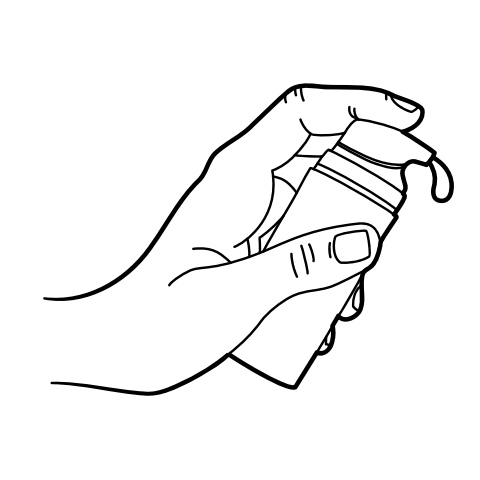
Pump Instructions
503A vs 503B
- 503A pharmacies compound products for specific patients whose prescriptions are sent by their healthcare provider.
- 503B outsourcing facilities compound products on a larger scale (bulk amounts) for healthcare providers to have on hand and administer to patients in their offices.
Frequently asked questions
Our team of experts has the answers you're looking for.
A clinical pharmacist cannot recommend a specific doctor. Because we are licensed in all 50 states*, we can accept prescriptions from many licensed prescribers if the prescription is written within their scope of practice and with a valid patient-practitioner relationship.
*Licensing is subject to change.
Each injectable IV product will have the osmolarity listed on the label located on the vial.

Given the vastness and uniqueness of individualized compounded formulations, it is impossible to list every potential compound we offer. To inquire if we currently carry or can compound your prescription, please fill out the form located on our Contact page or call us at (877) 562-8577.
We source all our medications and active pharmaceutical ingredients from FDA-registered suppliers and manufacturers.

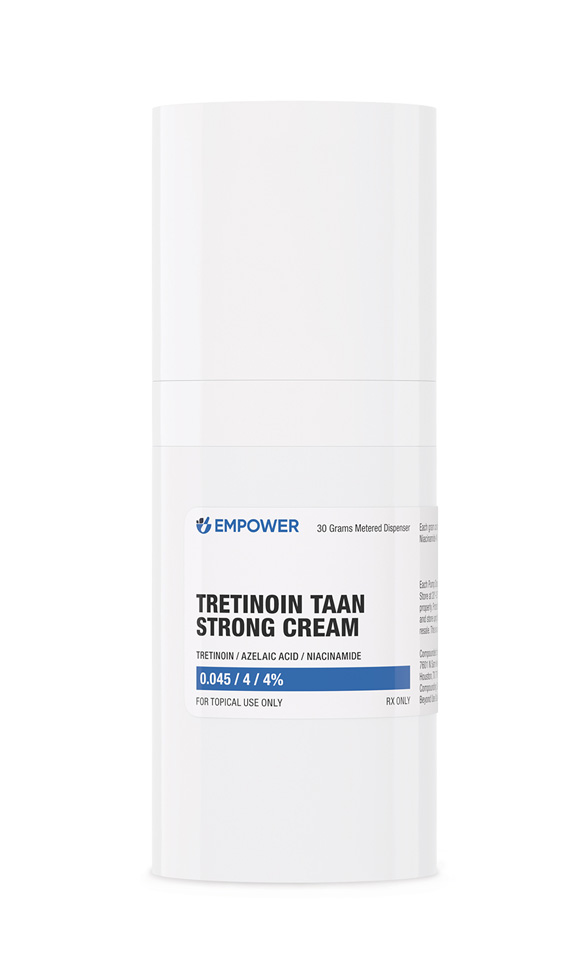
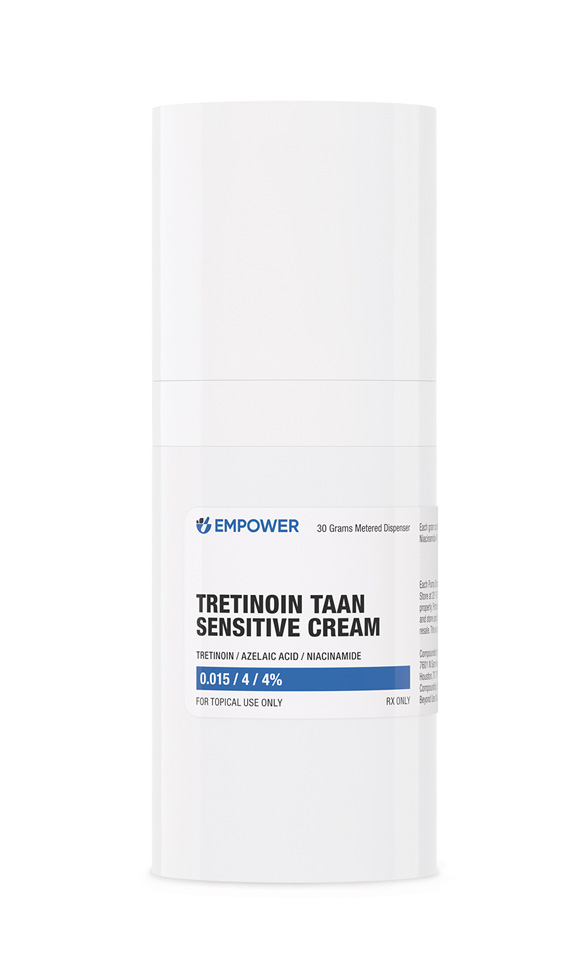
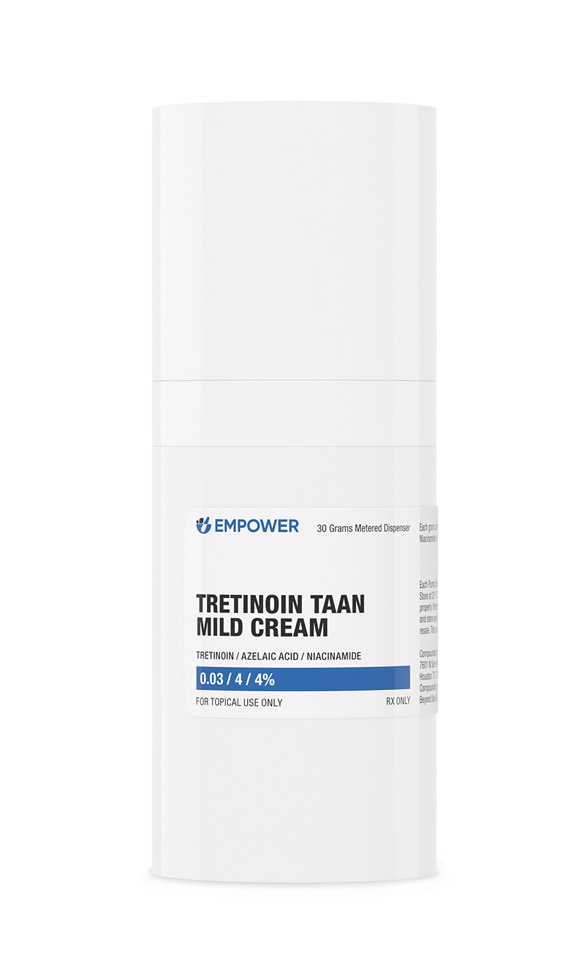
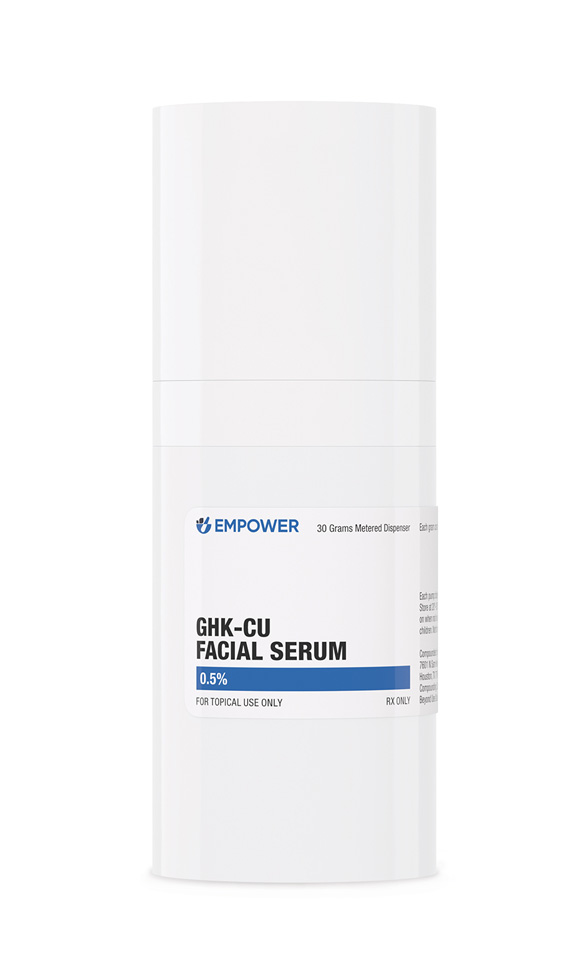 GHK-Cu Facial Serum
GHK-Cu Facial Serum Anti-Aging Ultra Cream
Anti-Aging Ultra Cream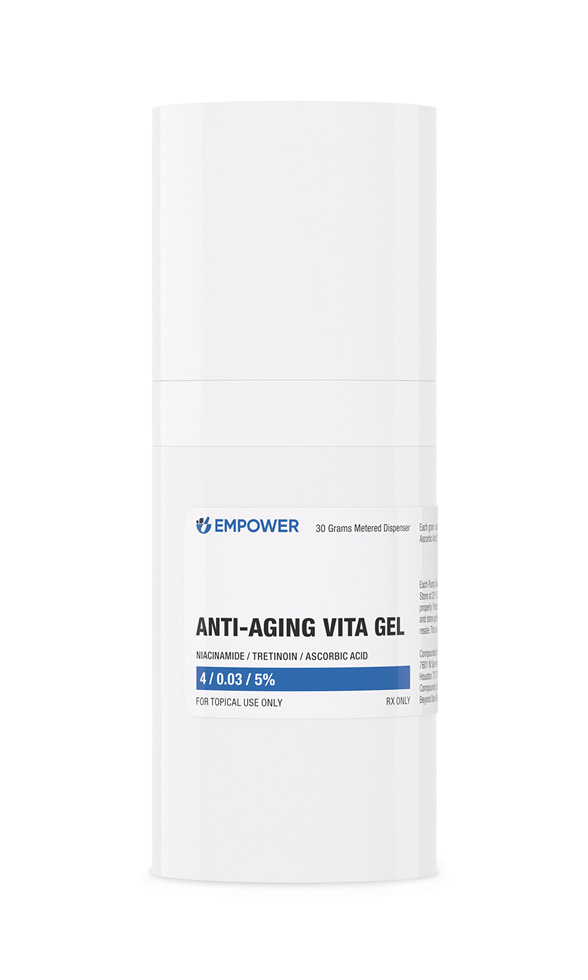 Anti-Aging Vita Gel
Anti-Aging Vita Gel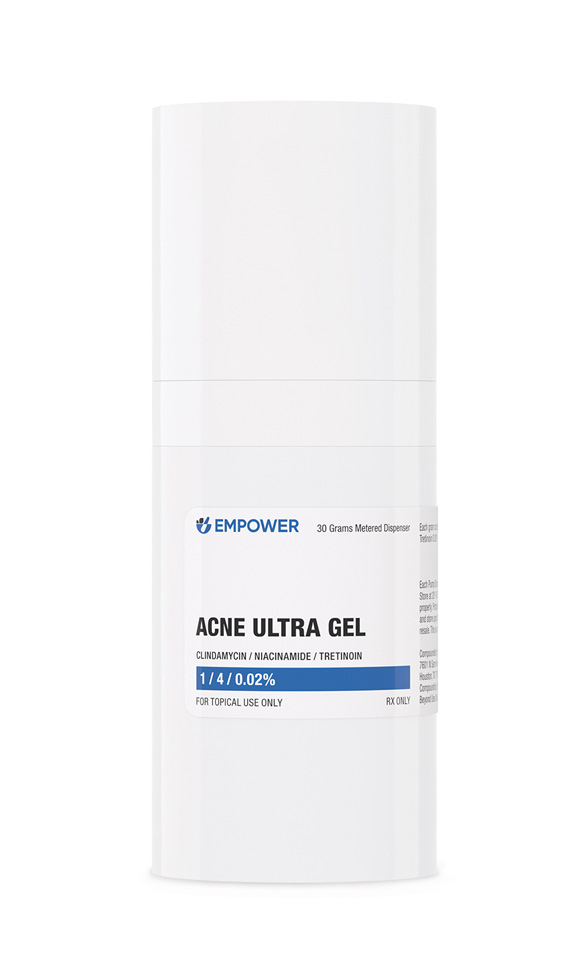 Acne Ultra Gel
Acne Ultra Gel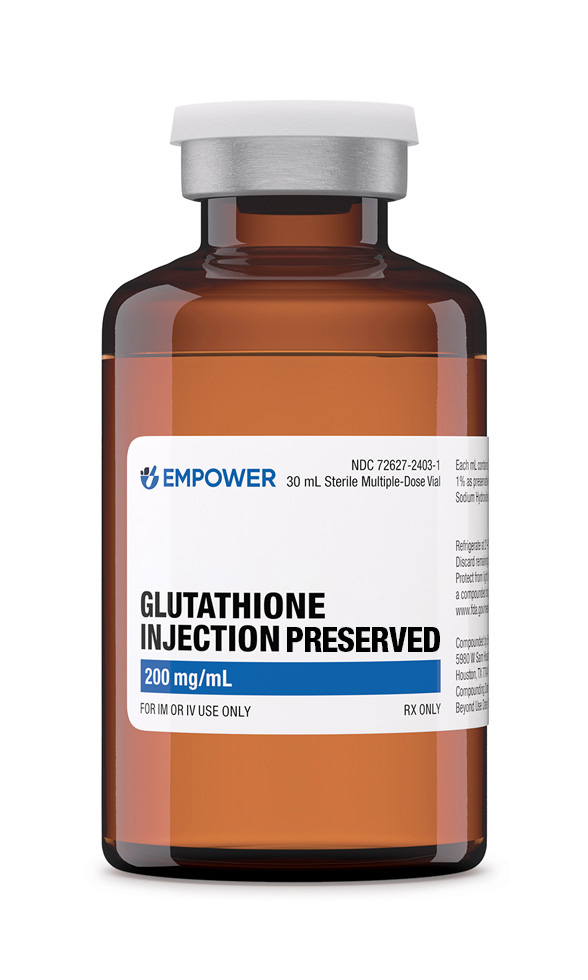 Glutathione Injection
Glutathione Injection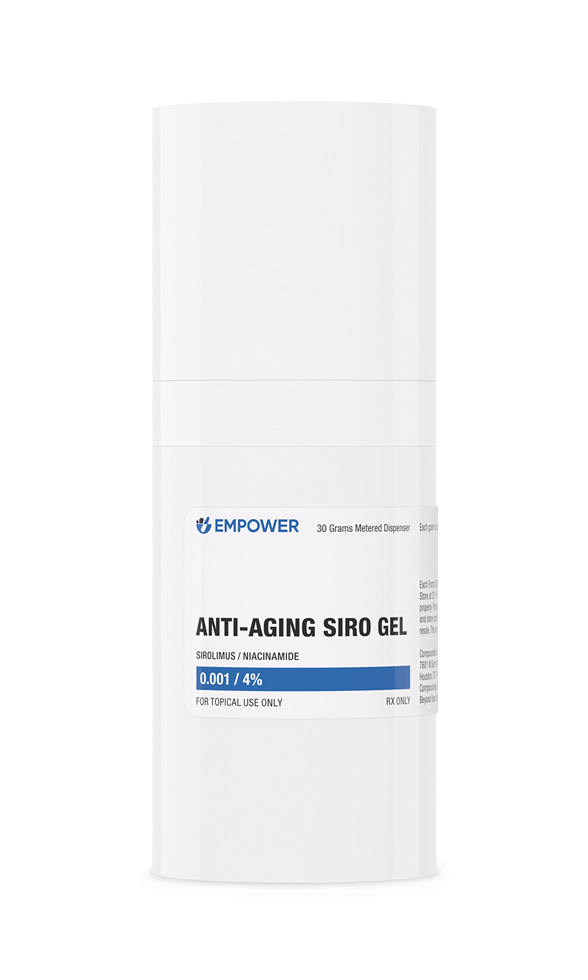 Anti-Aging Siro Gel
Anti-Aging Siro Gel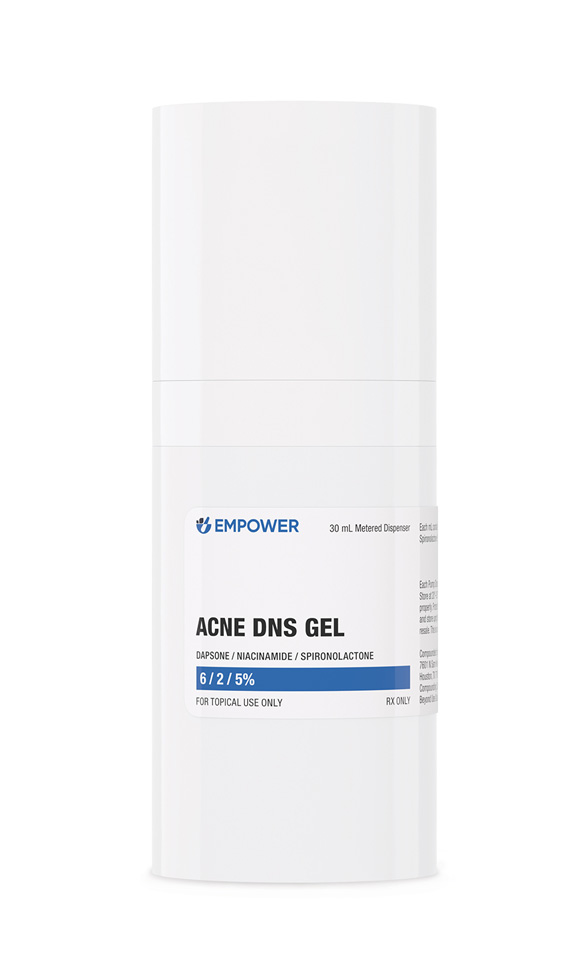 Acne DNS Gel
Acne DNS Gel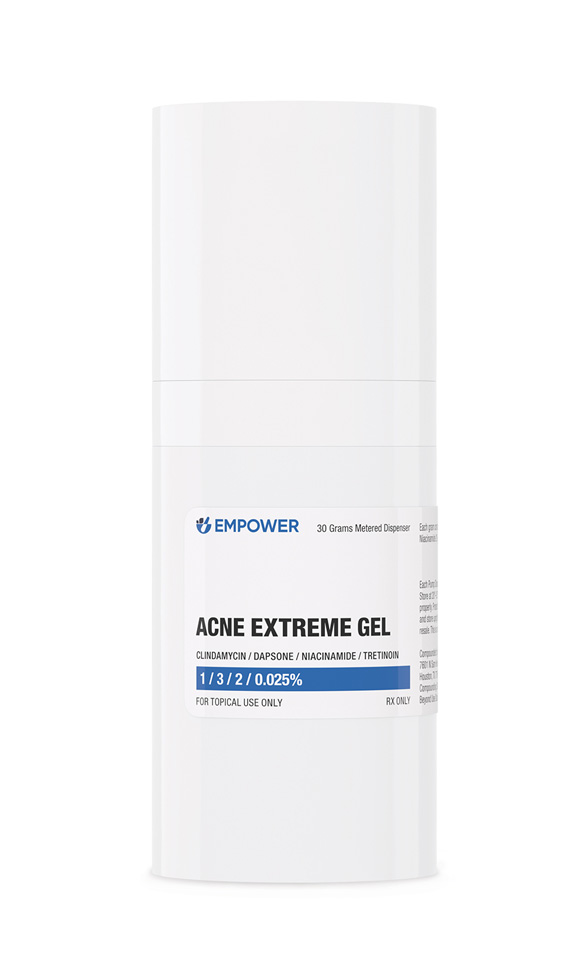 Acne Extreme Gel
Acne Extreme Gel